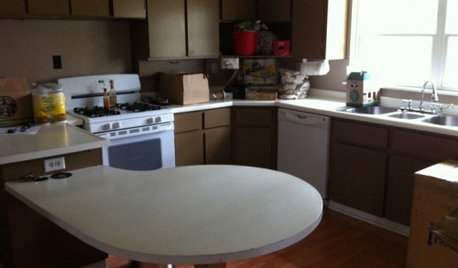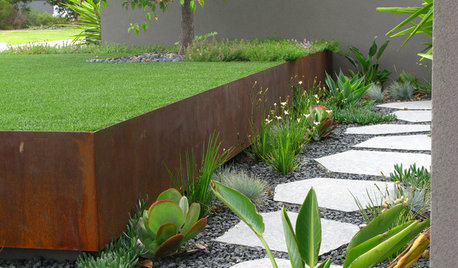Pomegranate Tree -- some questions
dancinglemons
14 years ago
Featured Answer
Sort by:Oldest
Comments (14)
denninmi
14 years agoaustransplant
14 years agoRelated Professionals
Annandale Landscape Contractors · Camp Verde Landscape Contractors · El Segundo Landscape Contractors · Firestone Landscape Contractors · Gurnee Landscape Contractors · Munster Landscape Contractors · Oak Forest Landscape Contractors · Saint John Landscape Contractors · San Pedro Landscape Contractors · Selden Landscape Contractors · South Hackensack Landscape Contractors · Wallingford Landscape Contractors · Woodland Landscape Contractors · Hueytown Landscape Contractors · Shafter Landscape Contractorschervil2
11 years agoarmyofda12mnkeys
11 years agojollyrd
11 years agoCharlie
11 years agoScott F Smith
11 years agojollyrd
11 years agoScott F Smith
11 years agocreekweb
11 years agoarmyofda12mnkeys
11 years agoScott F Smith
11 years agojohndoug
11 years ago
Related Stories

EXTERIORSCurb Appeal Feeling a Little Off? Some Questions to Consider
Color, scale, proportion, trim ... 14 things to think about if your exterior is bugging you
Full Story
GREEN DECORATING8 Questions to Help You See Through Green Hype
With the ecofriendly bandwagon picking up some dubious passengers, here's how to tell truly green products and services from the imposters
Full Story
KITCHEN DESIGN9 Questions to Ask When Planning a Kitchen Pantry
Avoid blunders and get the storage space and layout you need by asking these questions before you begin
Full Story
GARDENING GUIDESNo-Regret Plants: 5 Questions Smart Shoppers Ask
Quit wasting money and time at the garden center. This checklist will ensure that the plants you're eyeing will stick around in your yard
Full Story
FEEL-GOOD HOMEThe Question That Can Make You Love Your Home More
Change your relationship with your house for the better by focusing on the answer to something designers often ask
Full Story
REMODELING GUIDESConsidering a Fixer-Upper? 15 Questions to Ask First
Learn about the hidden costs and treasures of older homes to avoid budget surprises and accidentally tossing valuable features
Full Story
SELLING YOUR HOUSE15 Questions to Ask When Interviewing a Real Estate Agent
Here’s what you should find out before selecting an agent to sell your home
Full Story
ORGANIZING4 Questions to Help You Organize Your Favorite Photos
Organize your keeper photos with a system that's just right for you, whether it's in the cloud or you can hold it in your hand
Full Story
Design Dilemmas: 5 Questions for Houzzers!
Post Ideas for Landscaping for a Modern Home, Updating a Rental and More
Full Story
LANDSCAPE DESIGN7 Questions to Ask Before Laying Stepping Stones
These broken-up pathways invite you to put a spring in your step — while adding functionality to the garden
Full Story







userbc44